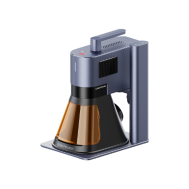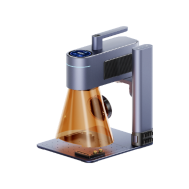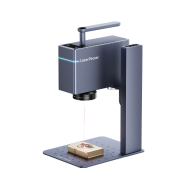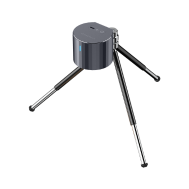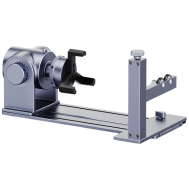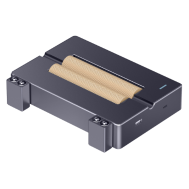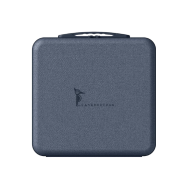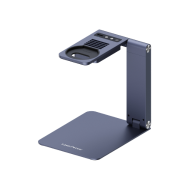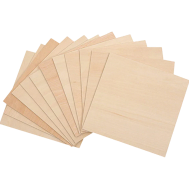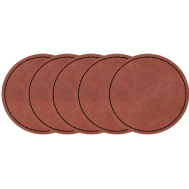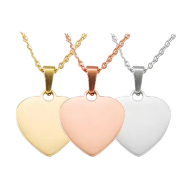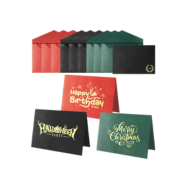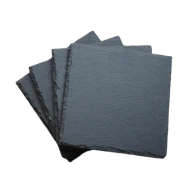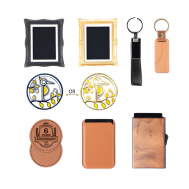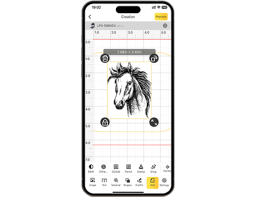Leather is a durable and versatile material, but it can be tricky to cut cleanly without the right tools. Whether you're making small crafts, fashion accessories, or detailed designs, choosing the proper cutting method is key to achieving professional results.
In this guide, we'll cover four effective ways to cut leather—from basic hand tools to advanced laser cutting—so you can pick the method that best fits your project.

In this article:
- Method 1: Cut Leather with Scissors
- Method 2: Cut Leather with Craft Knives
- Method 3: Cut Leather with a Cutting Wheel
- Method 4: Cut Leather with a Laser Cutter
- FAQs: Hot Questions About Cutting Leather
Method 1: Cut Leather with Scissors
Using scissors is the most straightforward way to cut leather, especially if you're working with thin, soft, or flexible pieces. It's beginner-friendly, requires little setup, and works well for simple projects like patches, straps, or small accessories.
Tools Needed:
- A pair of sharp fabric or leather scissors (not regular paper scissors)
- Ruler or measuring tape
- Marker or chalk for marking cut lines
Steps to Do
1. Place the leather flat on your work surface.
2. Mark your cutting lines with chalk or a washable marker.
3. Hold the leather firmly and cut slowly along the marked line.
4. Use long, smooth cuts instead of short snips to avoid jagged edges.
5. Test the edges and trim any rough spots for a clean finish.
Pros and Cons of Cutting Leather with Scissors
Pros
- Easy and beginner-friendly
- No special equipment needed
Cons
- Not suitable for thick or stiff leather
- Can cause uneven edges if scissors are dull
Method 2: Cut Leather with Craft Knives
Craft knives (such as utility knives or X-Acto knives) are a popular choice for cutting leather because they provide cleaner and more precise cuts than scissors. This method works well for both thin and thick leather and is ideal for projects that require straight lines, curves, or detailed shapes.
Tools Needed
- A sharp craft knife (utility knife, X-Acto, or specialized leather knife)
- Cutting mat or thick board to protect your surface
- Ruler, straight edge, or template
Steps to Do
1. Place the leather flat on a cutting mat.
2. Mark your cutting lines or trace your template onto the leather.
3. Hold the ruler or straight edge firmly for straight cuts.
4. Make slow, steady passes with the knife—don't try to cut through in one go.
5. Repeat until the blade slices completely through the leather.
Pros and Cons of Cutting Leather with Craft Knives
Pros
- Works well for both thin and thick leather
- Provides precise and clean cuts
Cons
- Requires a steady hand and practice
- Blades dull quickly and need frequent replacement
- Higher risk of injury compared to scissors
Method 3: Cut Leather with a Cutting Wheel
A cutting wheel (also called a rotary cutter) is a circular blade tool that glides smoothly through leather. It's especially useful for cutting long, straight lines or consistent strips, making it a favorite for strap-making, belts, and other projects that require uniform edges. This method is quick and efficient, but it works best on medium to thin leather.
Tools Needed
- Rotary cutter (sharp cutting wheel)
- Cutting mat or thick board to protect your surface
- Ruler or straight edge
- Marker or chalk for marking cut lines
Steps to Do
1. Place the leather on a flat cutting mat.
2. Mark your cutting line with chalk or a marker.
3. Align a ruler or straight edge along the line.
4. Hold the ruler firmly in place, then roll the cutting wheel smoothly along the edge.
5. Repeat the cut if needed until the leather is fully separated.
Pros and Cons of Cutting Leather with a Cutting Wheel
Pros
- Quick and efficient for long, straight cuts
- Produces smooth, clean edges
- Suitable for a wide variety of plastic types
Cons
- Not ideal for thick or very stiff leather
- Limited precision for small details or curves
Method 4: Cut Leather with a Laser Cutter
Laser cutting is the most advanced and precise method for cutting leather. It uses a focused laser beam to burn through the material, allowing you to create intricate patterns, fine details, and repeatable designs. This method is ideal for professional makers or hobbyists who want to produce high-quality results with minimal manual effort.
Tools Needed
- Laser cutter (with appropriate settings for leather)
- Computer or Mobile Devices with design software (to prepare patterns)
- Ventilation or fume extraction system (since cutting leather produces smoke and odor)
- Protective eyewear if recommended by your machine's safety guidelines
Steps to Do
1. Prepare your design in compatible software and upload it to the laser cutter.
2. Place the leather flat on the machine bed and secure it to prevent shifting.
3. Adjust laser settings (power, depth, and pass) according to the leather thickness.
4. Run a small test cut to ensure clean results
5. Start the cutting process and let the laser complete the design.
6. Remove the leather and clean the edges if needed.
Pros and Cons of Cutting Leather with a Laser Cutter
Pros
- Extremely precise and repeatable results
- Can cut intricate patterns and fine details
- Works well for both thin and thick leather
- No physical strain compared to manual tools
Cons
- Requires access to a laser cutter (expensive investment)
- Can leave slightly burned or darkened edges depending on the wrong settings
FAQs: Hot Questions About Cutting Leather
1. What is the best tool to cut leather with?
The best tool depends on the type of leather and the project. For thin and soft leather, sharp scissors work well. For thicker leather or precise shapes, a craft knife or rotary cutter is better. If you need intricate designs or professional results, a laser cutter is the top choice.
2. How to cut leather at home?
You can cut leather at home using simple tools like scissors, craft knives, or a portable laser cutter. Place the leather on a cutting mat, mark your lines with chalk or a marker, and cut slowly along the guide. Always use sharp blades to avoid rough edges.
3. Can leather be cut easily?
Leather can be cut easily if you use the right tool and technique. Thin leather is relatively easy to cut, while thick or stiff leather requires sharper tools and multiple passes with a knife. Dull blades or the wrong tools will make the process much harder.
4. How to cut leather straight by hand?
To cut leather straight by hand, place it on a cutting mat and mark a straight line with a ruler. Use a craft knife or rotary cutter along the ruler edge, applying steady pressure. Avoid freehand cuts if you want a perfectly straight result.
Conclusion:
Cutting leather can be done in many ways, from simple hand tools to advanced machines. Scissors are best for thin and soft pieces, while craft knives offer precision for both thin and thick leather. A cutting wheel makes quick, straight cuts for straps and belts, and a laser cutter provides unmatched accuracy for detailed designs. The right method depends on your project, budget, and skill level—whether you're crafting at home or producing professional-quality work.















